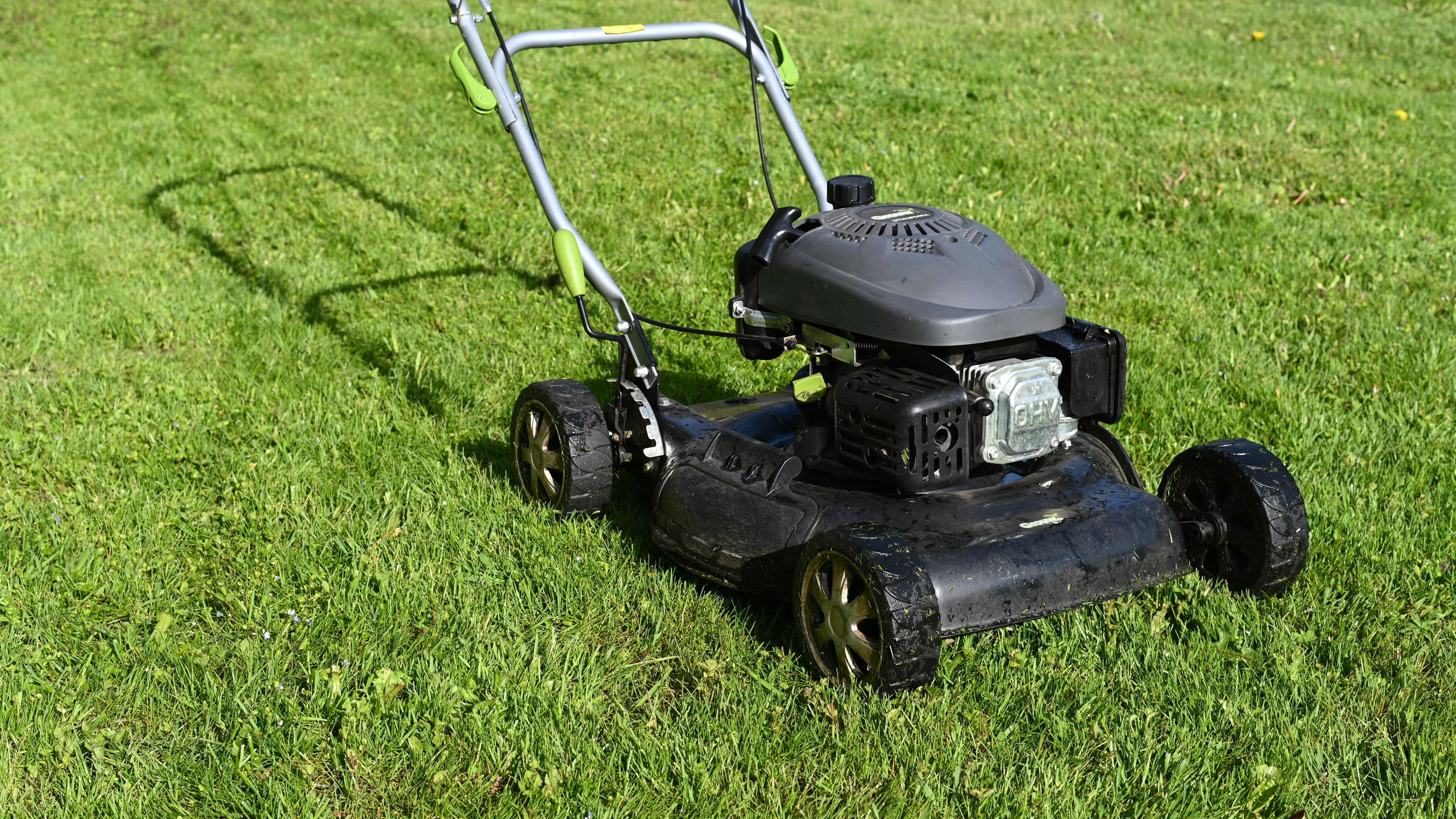Healthy Lawncare Practices: Reducing Water Pollution with Smart Fertilization
Posted on: August 26, 2024
One of the leading contributors to water pollution is the improper use of lawn fertilizers, particularly those high in phosphorus. Phosphorus is a key nutrient for plant growth, but when it washes into streams and rivers, it can lead to excessive algae growth, depleting oxygen levels and harming aquatic life.

Though it might seem that a small lawn can’t have a big impact, the cumulative effect of individual lawn care practices can be substantial. In fact, research indicates that residential lawns contribute about 55% of the phosphorus entering our waterways. As regulations and guidelines evolve, it’s crucial to adopt best practices for lawn care to help protect our precious water resources. Here’s how you can manage your lawn responsibly:
1. Mow Grass High
Keep your grass at a height of 3 inches. Taller grass promotes deeper root growth, shades out weeds, and retains moisture better. Plus, leaving short clippings on the lawn recycles nitrogen back into the soil, potentially reducing the need for additional fertilizer by 25% or more.
2. Don’t Guess—Test Your Soil
Understand your soil’s nutrient needs by conducting a soil test. The MSU Soil Nutrition Service offers a comprehensive testing package. For a list of participating retailers in Southeast Oakland County, visit socwa.org or call 248-288-5150. Soil testing provides valuable information on nutrient levels and pH, allowing for more precise fertilization.
3. Choose Slow-Release Fertilizers
Opt for fertilizers where at least 40% of the nitrogen is in a slow-release form. These fertilizers gradually supply nutrients to your lawn, promoting steady growth and reducing the risk of runoff into nearby water bodies. Also, select fertilizers with low or no phosphorus unless a soil test indicates otherwise.
4. Create a Buffer Zone
Establish a “no fertilizer” buffer zone around rivers, lakes, streams, and wetlands. A width of 1 to 25 feet is recommended depending on the slope. Use this buffer to plant native wildflowers, grasses, or shrubs that can filter runoff.
5. Time Your Fertilization
Avoid fertilizing before May. If you fertilize in the fall, your lawn should remain green in early spring, negating the need for early spring applications. Also, never apply fertilizer when the ground is frozen, as it can lead to runoff and pollution.
6. Clean Up Spills
If fertilizer lands on paved surfaces, sweep it up immediately. Fertilizers on driveways, sidewalks, and streets can easily wash into storm drains. Using a drop spreader instead of a rotary spreader can help minimize spills, and sweeping any excess back onto the lawn ensures that nutrients don’t contribute to pollution.
7. Measure Your Lawn
Before applying fertilizer, accurately measure your lawn area to determine the right amount of product needed. Follow the label’s recommendations—typically one pound of nitrogen per 1,000 square feet. Over-fertilizing can lead to nutrient runoff and pollution.
8. Avoid Weed-and-Feed Products
Weed-and-feed products combine fertilizer with herbicides, which can add unnecessary chemicals to your landscape. Instead, address weeds with targeted spot treatments to minimize chemical use and protect water quality.
9. Use Compost as a Top Dressing
Apply a ½ inch layer of sifted compost over your established lawn and rake it in, leaving half of the grass blades exposed. Compost enriches the soil with organic matter and microorganisms, enhancing soil fertility naturally without the need for excessive chemical fertilizers.
By adopting these smart lawn care practices, you can reduce the amount of phosphorus that washes into our waterways, helping to keep our lakes, rivers, and streams clean and healthy. Stay tuned for more tips on protecting our local waters in our ongoing series!